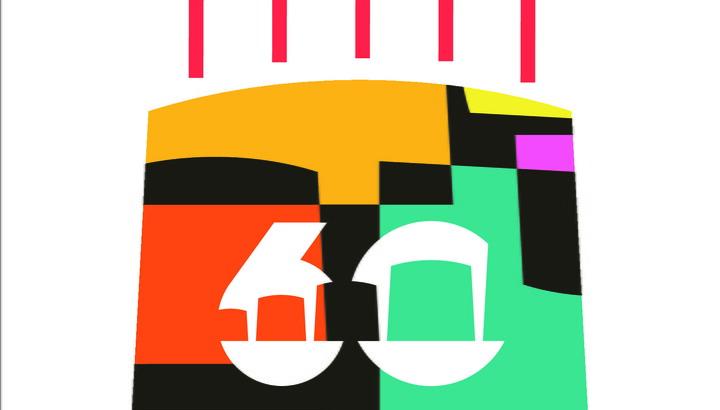






Artwork Images
Photo:
Controls
The Team
Object Details
-
Date
1903
-
Object Type
Sculptures
-
Medium
Bronze
-
Object Format
Lost-wax casting
-
Dimensions
20 1/2 x 14 1/4 x 16 1/4 in.
-
Edition
2 known casts
-
Inscriptions
Base:
top rear, signed: Anna V. Hyatt
right front, foundry mark: Roman Bronze Works N.Y. 1903
right rear, inscribed: Copyright 1903
-
Credit Line
Amon Carter Museum of American Art, Fort Worth, Texas, Purchase with funds from the Ruth Carter Stevenson Acquisitions Endowment
-
Accession Number
2008.9
-
Copyright
Public domain
Object Description
The Team portrays two horses as they manage a heavy wagonload down a rutted, uneven slope. Notably, Huntington’s sculpture leaves out the wagon master driving the team. Instead, it emphasizes the endurance, toil, and strength of the animals. Both horses toss their heads, straining with the effort, but for the moment they hold steady, each with a foreleg planted firmly on the ground.
Based in New York City, Huntington built a national reputation for her equestrian sculptures and monuments. During the early 1900s, she produced a series of small bronzes, including The Team, that commemorate the overlooked importance of work horses to urban life in America. In addition to these casts, she designed a number of equestrian monuments for civic institutions and parks across the United States, including Manhattan’s Central Park.
—Text taken from the Carter Handbook (2023)
Additional details
Location: On view
See more by Anna Hyatt Huntington
Tags
-
What might be the benefits of using bronze to create a sculpture?
What process might an artist follow in creating a bronze sculpture?
What strategies might an artist use to convey a narrative?
How do artists express emotion in works of art?
Why is collaboration beneficial? When is it a hinderance?
What are the roles of animals in American life? How have those roles changed over time?
-
What is happening in this sculpture? What do you notice about these horses? How would you describe them?
The title of Huntington’s bronze sculpture is The Team. How do we know that these horses are a team besides the title?
Think of the times and places you have seen horses before, what activities were they doing? What kinds of jobs or roles do horses have? Are there any other jobs that horses used to have, but are not as common today? Look closely at this team of horses, what might be their goal? Why did Huntington leave out the person driving the team?
Is this team working well together or are they struggling? What do you see that makes you think that? Look closely at the details of the horses' faces, legs, and hooves. (Since there is no additional context, students can be encouraged to imagine the myriad of possibilities. Make note of the appearance of struggle and strain if students do not mention this detail.)
What is your definition of a team? What is the purpose of a team? When were you part of a team? How was that experience?
These horses would have been working in an urban setting. What advances in technology have led to a decline in the use of horses in urban environments? How have animal rights organizations sought to alter the use of animals in American society?
What message do you believe we can take away from Huntington’s sculpture? Are we meant to admire the strength of the horses or sympathize with their plight?
Are there other animals that are important to our daily lives that we tend not to depict or notice?
-
Grades Pre-K–3
Ask students to recall times they have seen horses before. What activities or jobs were those horses doing? Using colored pencils, have students draw or trace a horse in action. Invite students to be creative in selecting the activity (recreation or work), setting, and perhaps even a partner (animal or human) for their horse.
Grades 4–8
Ask students to think of a time they worked as part of a team. As a brainstorming activity, students may create a T-Chart with one column listing the benefits of being on that team and the other column listing challenges the team faced. Students will then write a brief essay addressing the following questions. What was the problem or project you were working on? What made your team successful or helpful to you as an individual? What were the obstacles your team faced? How successful was your team overall?
Grades 6–12
Students will identify an animal that has played an important role in American life. Students will research how that animal has been used and how its role has evolved over time. As an extension, students may create an illustration to draw attention to this animal and its contribution or plight.
Share Educator Resources
Amon Carter Disclaimer
This information is published from the Carter's collection database. Updates and additions based on research and imaging activities are ongoing. The images, titles, and inscriptions are products of their time and are presented here as documentation, not as a reflection of the Carter’s values. If you have corrections or additional information about this object please email us to help us improve our records.
Every effort has been made to accurately determine the rights status of works and their images. Please email us if you have further information on the rights status of a work contrary or in addition to the information in our records.
Related Works
-
The Freedman, 1863
John Quincy Adams Ward
Bronze
2000.15
-
The Choosing of the Arrow, 1848
Henry Kirke Brown
Bronze
1997.143
-
Benediction, 1922
Daniel Chester French
Bronze
2005.17
-
Study for a Monument to Walt Whitman, 1919-1920
John Bradley Storrs
Bronze
2001.1
-
Jim Bridger, 1926
Charles M. Russell
Bronze
1961.70
-
Indian Hunter, 1914
Paul Manship
Bronze
1997.3.A
-
Navajo, ca. 1902
Charles M. Russell
Bronze
1961.104
-
Indian Family [Woman and child], 1915
Charles M. Russell
Bronze
1961.123
-
Indian Family [Male], 1915
Charles M. Russell
Bronze
1961.122
















